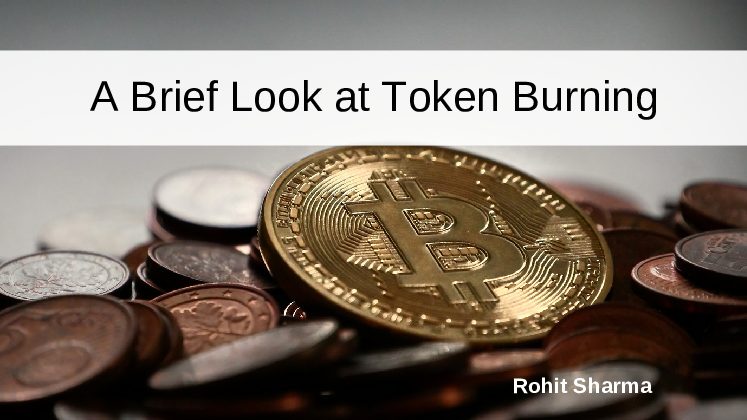When we think of cryptocurrency, we think of digital cash or tokens (coins). Cryptocurrencies are minted and released into circulation just like fiat currencies. Unlike fiat currencies, cryptocurrency is not regulated and does not have a centralized server. Yet, they are both removed from circulation albeit for different reasons and by different processes. For example, U.S. dollars and coins are destroyed by certain entities: the Bureau of Engraving and Printing and the U.S. Mint. The U.S. bills are destroyed due to age and mutilation. They are shredded and sent to a landfill. Coins are destroyed from being worn down and/or mutilated (broken or corroded) and cannot be counted by machines. These coins are melted down to make new ones. When it comes to cryptocurrency, tokens are removed from circulation electronically by burning them. Let’s take a closer look at token burning.
This process is done to protect the value of tokens, because the fewer tokens in circulation, the greater their value for sale or the crypto exchange. This is why there is a finite number of tokens in circulation. Tokens are burned in a few ways:
- They can be sent to an unspendable address or a public wallet without a private key. They are in a “perma-frozen” state, which is recorded on the blockchain.
- An ICO will burn the tokens that did not sell in the sale. If the company kept the tokens, it could decrease their value.
- Some companies will burn tokens at fixed intervals or with each transaction.
- It can be the result of an error, as in the case with Tether.
Burning tokens can make room for new tokens to be created as a reward for miners. It can also create scarcity, which increases the value of tokens. This is beneficial for token holders. It’s important to note that security tokens can be bought back like shares, since they generate dividends. They are bought back and then burned, increasing the value of the tokens in the holder’s existing account. Burning tokens must be proven, just like transactions must be verified in proof of work. This process is called proof of burn.
It’s a consensus mechanism that provides proof that tokens were burned. Once miners have provided proof of burn, they can gain mining blocks equivalent to the number of tokens burned. Miners can not only burn their own tokens but the tokens of others too. This activity helps keep the blockchain network agile.

